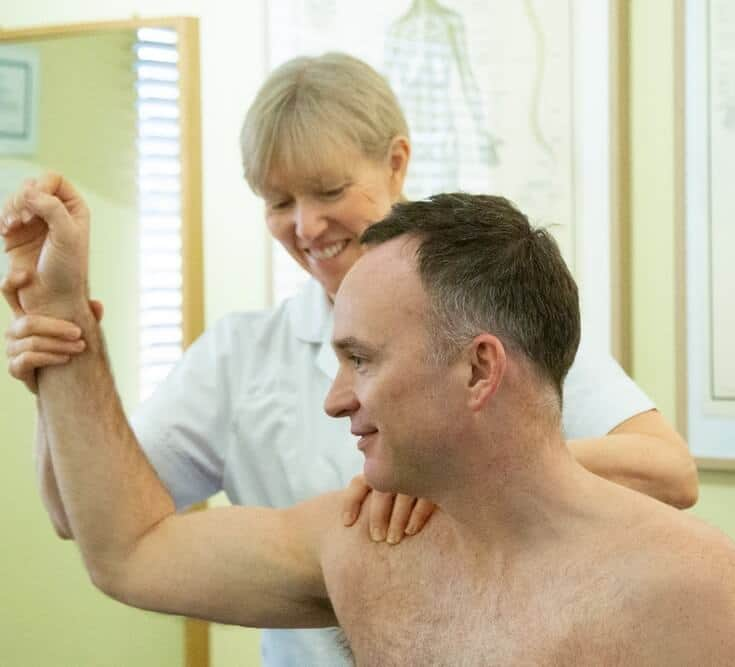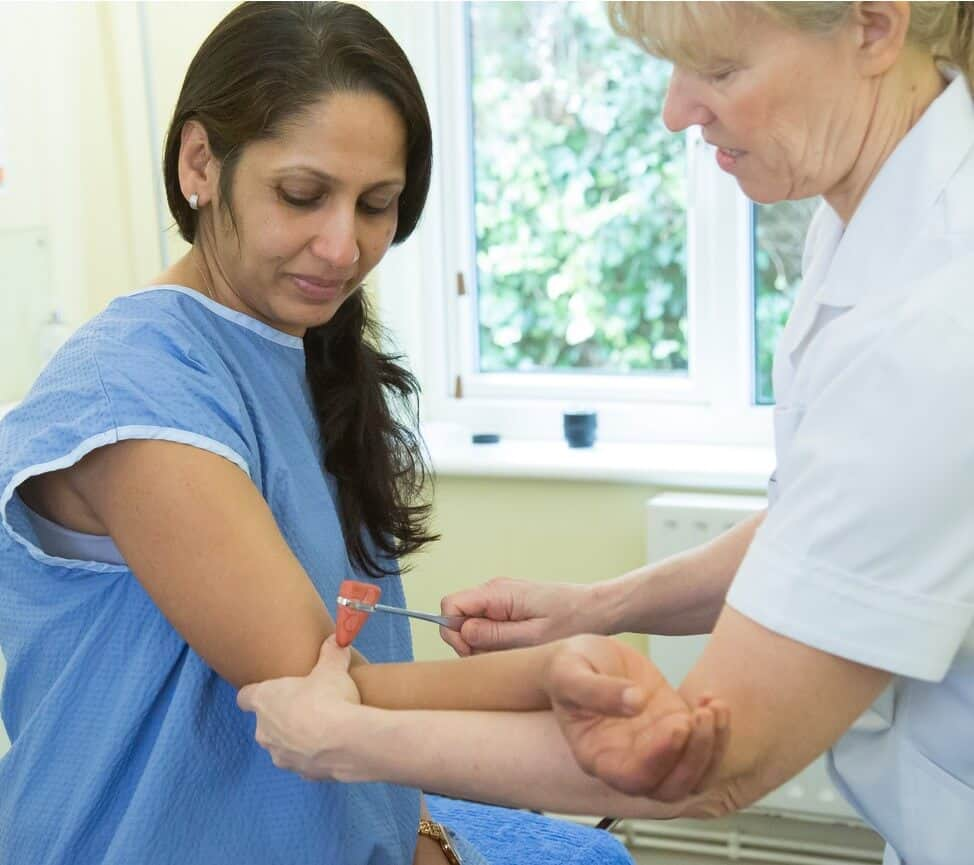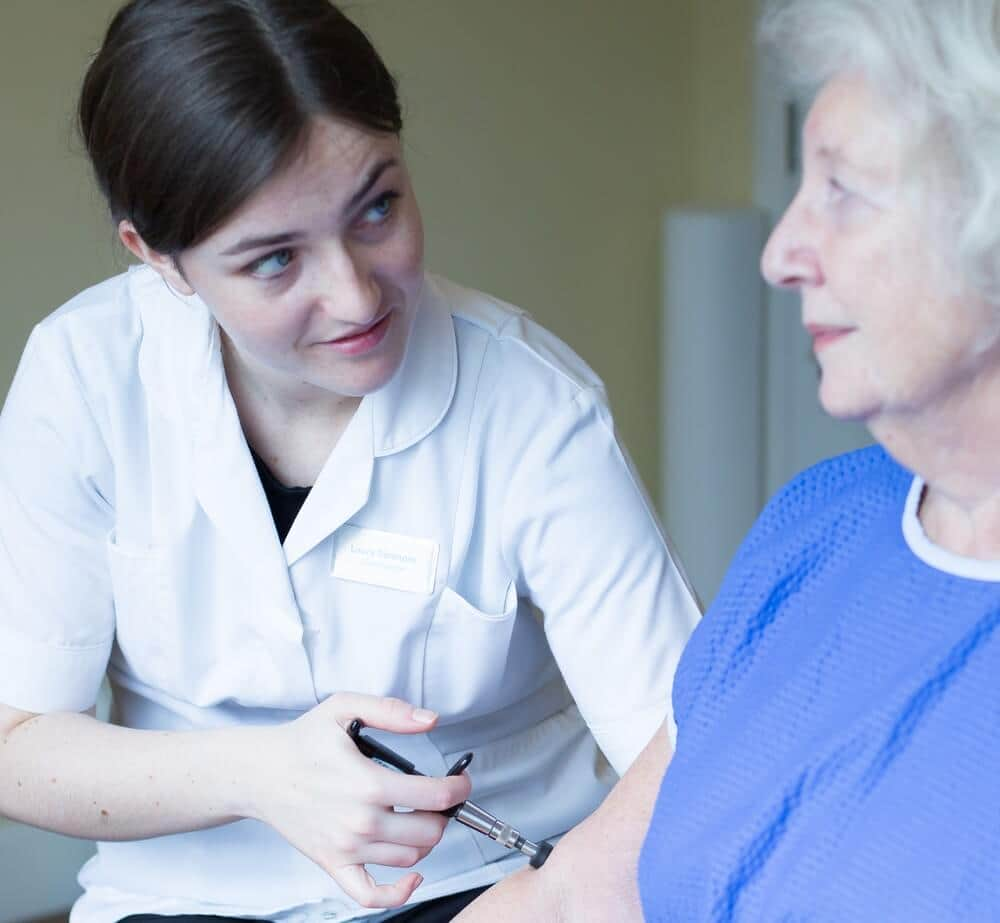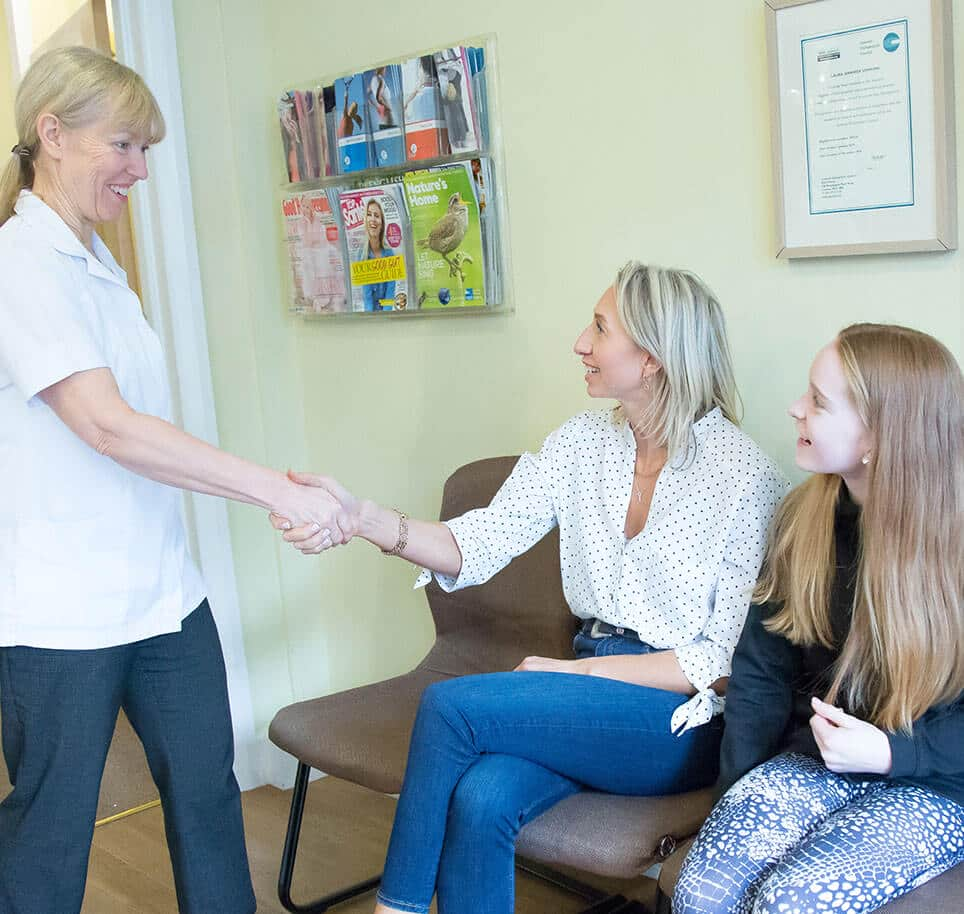These injuries are not just caused by golf or tennis, they are actually repetitive strain injuries caused by over-use of the forearm and elbow muscles. This causes thickening of the tendon which can progress to tendon degeneration. It is no longer thought to be an inflammatory process, rather it is understood to be a gradual progression in response to tendon overload.
What is happening?
Pain on the inside of the elbow is Golfer’s elbow (medial epicondylagia) and pain on the outside of the elbow is Tennis elbow (lateral epicondylagia). In the past they were called epicondylitis, however as we now believe inflammation is not a part of this injury process these conditions are called epicondylagia. Golf and tennis are simply activities that commonly cause these types of injuries, lots of typing or painting and decorating also cause Golfer’s and Tennis Elbow.
Key aggravating factors
- Poor technique in your chosen sport.
- Changes in mid back, shoulder blade, shoulder and neck function can aggravate these conditions by increasing the pressure on the elbow.
- Poor chair setup during desk work can cause the edge of the desk to place pressure on the muscles of the forearms.
- Repetitive gripping and twisting movements such as gardening or hairdressing.

Get in touch
To arrange an appointment, please call and speak to our experienced reception staff who will be able to help.
020 8460 5800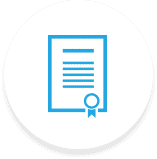
Accreditations




Chiropractic quick tips
Ice on the inside or outside of the elbow, wrapped in a kitchen roll or tea towel so the ice isn’t on your bare skin and then applied for 10 minutes several times a day can ease the pain.
Use keyboard and mouse cushions with Laptop/ tablet stands to change the height and angle of the laptop/tablet.
Take regular breaks from repetitive activities.
Chiropractic can help!
We use a combination of soft tissue techniques to reduce the muscle tension, therapeutic ultrasound on the tendon itself, mobilisation and manipulation of the elbow joint as well as wrist, shoulder and shoulder blades where you have been overworking while the elbow was injured. The aim of treatment is to stop the impact of the repetitive overuse by giving you advice on how to minimise the causative factors and then facilitate repair by reducing the tension of the muscles in the forearm and elbow.


